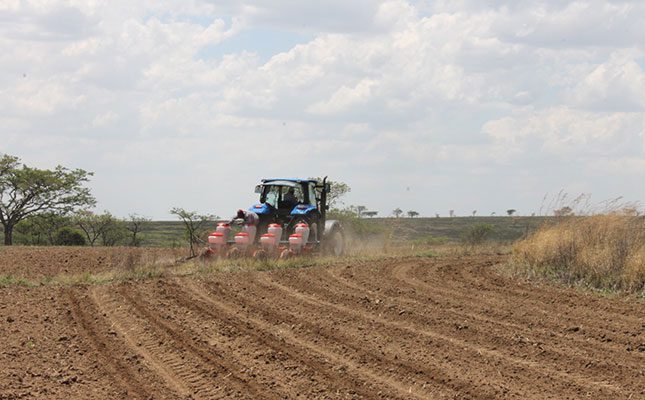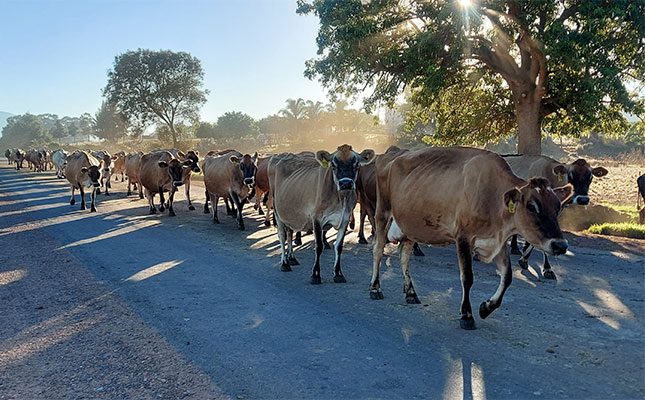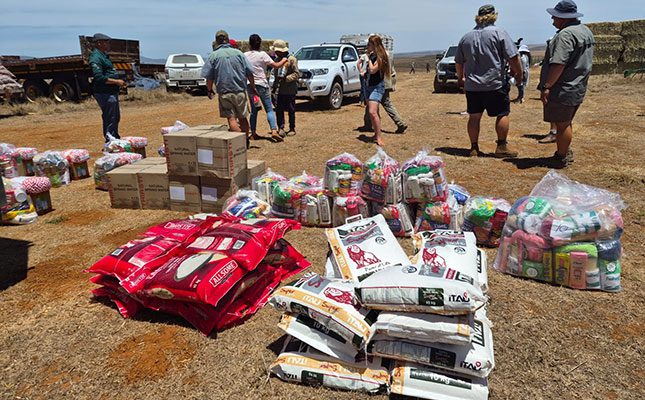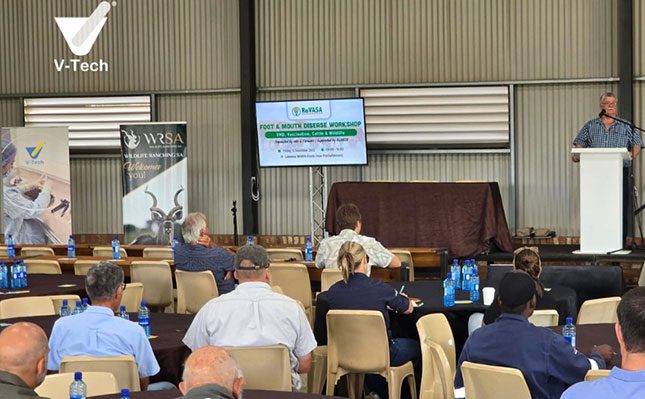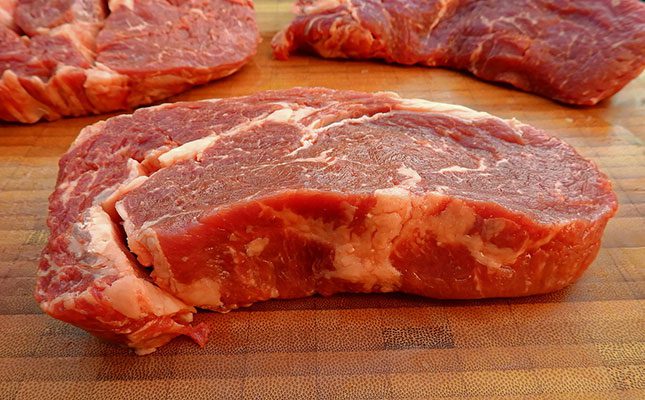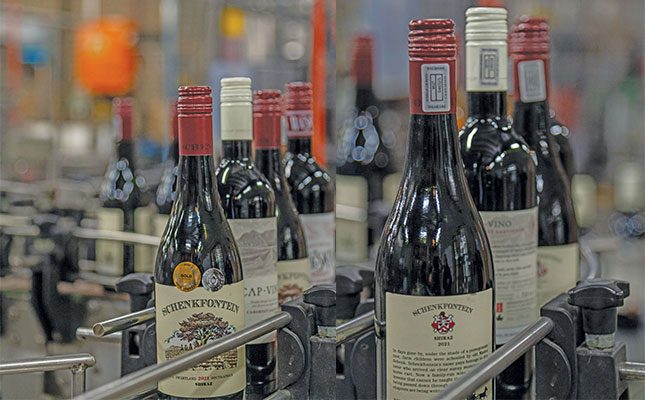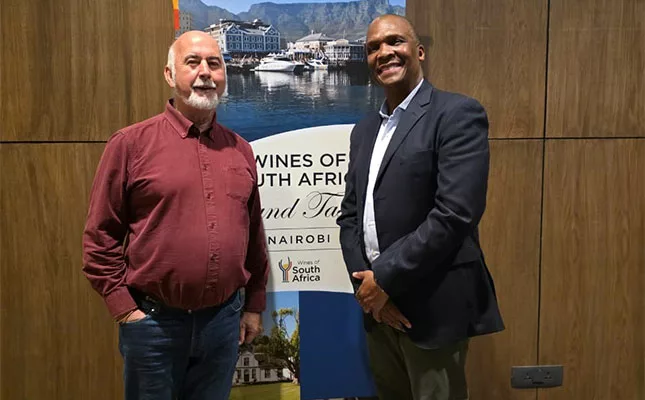
Photo: Supplied
The potential for South African wine in Africa is growing, and the local wine industry is focusing its efforts on growing sales in Nigeria, Kenya, Uganda, and Tanzania.
This was according to Rico Basson, CEO of South Africa Wine, speaking at a Nedbank-hosted session about international trade and tariffs at Nampo Cape earlier in September.
Basson said the African market presented a larger opportunity for the local industry than the Chinese market, but South Africa’s wine exporting competitors felt the same way and there was a risk that ‘somebody else will steal our breakfast’.
“The US just established a Californian agent in Kenya to sell Californian wine there. We cannot rest on our laurels,” he explained.
Data from SA Wine Industry Information and Systems (SAWIS) showed that Nigeria imported more than 4,2 million litres of wine from South Africa in 2024, while China imported shy of 3,1 million litres.
However, most of Nigeria’s impressive import volumes were bulk wine (1,987 million litres), which fetched far lower prices than packaged wine. China imported only 47 520 of bulk wine, compared with around three million litres of packaged wine.
However, Nigeria is unique in this position among South Africa’s strategic African wine markets; Tanzania and Uganda imported only packaged wine in 2024 (2,67 million and 1,3 million litres, respectively), and in Kenya, the 1,2 million litres of bulk South African wine imports represented only 37% of the total of more than 3,3 million litres.
Positive image
Matome Mbatha, market manager for Africa at export body Wines of South Africa (WoSA), said South African wines had a positive image and perception in the previously mentioned strategic African markets due to their quality, affordability, and the industry’s diverse winemaking styles.
“South African wines are getting more attention due to the value WoSA brings through introductory wine courses, which trade, media, and consumers alike find [helpful in expanding] their knowledge base about South African wine, history, and tourism.
“In addition, several wine producers have supported and [participated] in importers’ promotional activities, including market visits to meet consumers,” he explained.
While this positive perception presented a ‘huge opportunity for the advancement’ of South African wines in these markets, as well as opportunities to establish more premium offerings, “These opportunities also come with challenges for exports, such as tariff and non-tariff barriers in markets, as well as competitors from other wine-producing regions that are making inroads to markets with aggressive marketing activations,” Mbatha told Farmer’s Weekly.
“We have noted new role players in our focus markets, such as Moldova, as well as competitors like Wines of California, [and those from] France and Chile, who are running generic and brand promotional activations. This is why WoSA and producers are taking an aggressive approach in generic and brand promotional activations to maintain and strengthen market share in all key strategic markets,” he added.
According to Mbatha, obstacles South African wine faced in reaching African markets included ‘the myriad of red tape’ in some countries, the cost of doing business in others, an economic downturn in markets where economies were based on oil, delays and cold storage deficiencies at ports, and a lack of harmony in customs systems.
Basson said at the Nampo event that the perceived risk of doing business in Africa was much higher than the actual risk. Agri SA CEO Johann Kotzé echoed this, citing the ‘miracle’ of the M-PESA mobile money system, which he said showed that Africa was not short of money but rather underserved by the banking sector.
Creative promotions
Mbatha referred to the International Monetary Fund’s rosy outlook for growth in sub-Saharan Africa, projected at 4,2% in 2026, compared with its projections of 4% in 2024 and 3,8% this year.
He said that due to the high cost of doing business in Africa, WoSA would continue to conduct generic wine shows and focused group tastings as a cost-effective way to build awareness of and presence for South African wine.
Mbatha added that the focus would be on in-store promotions, such as those held in Shoprite stores across Africa, with the support of the Western Cape Department of Agriculture.
He said the ongoing development and transformation of the telecoms, banking, and retail landscape and infrastructure in East Africa presented ongoing opportunities for the South African wine industry, particularly in places where local retailers were entering or increasing their presence in markets with increasing urbanisation and rising affluence.

